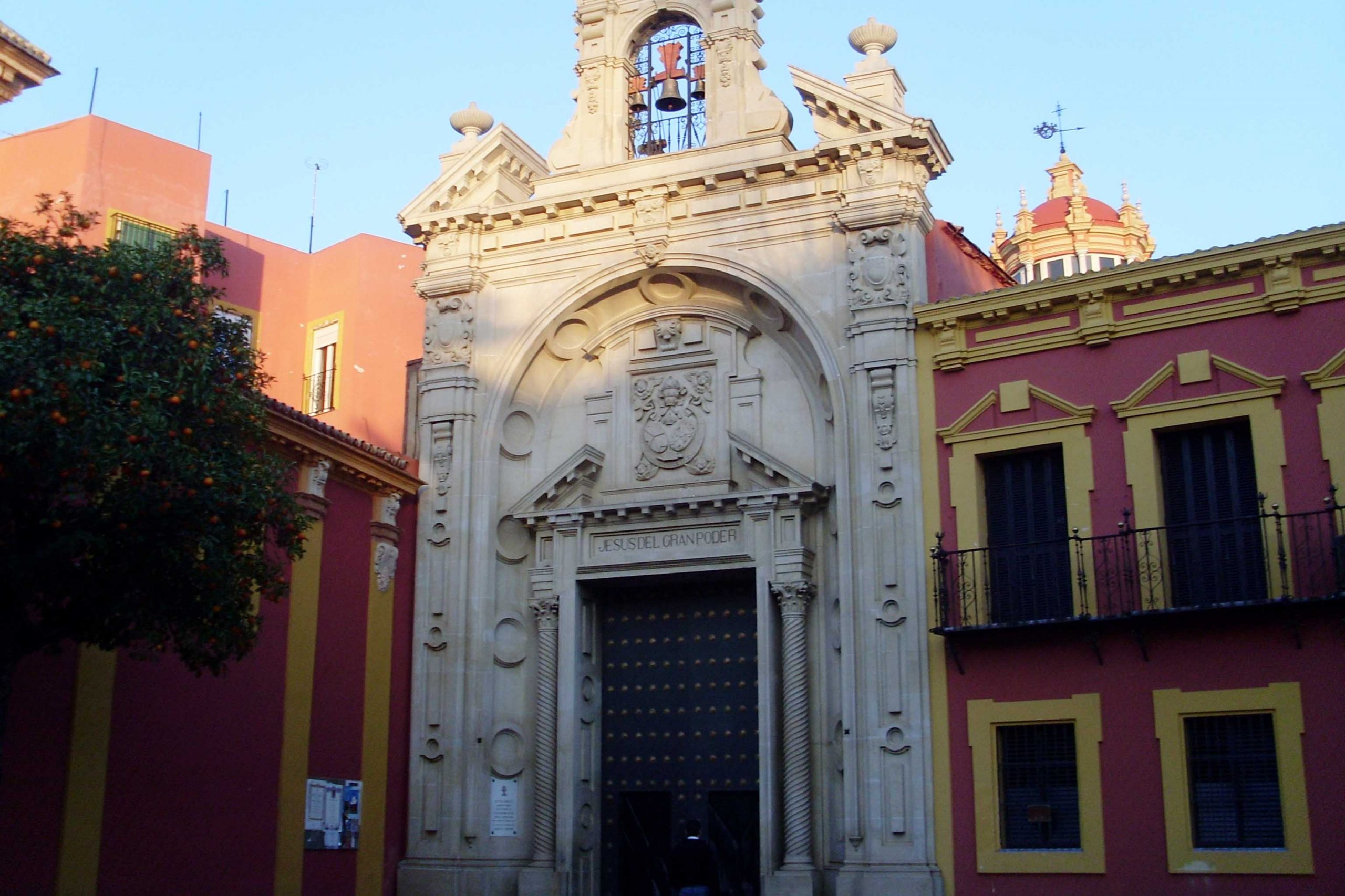
BASÍLICA DEL GRAN PODER
Located in the San Lorenzo square, it contains the image of Our Father Jesus of the Mighty Power by Juan de Mesa, wood carved in 1620. It does its procession to the Cathedral on Good Friday dawn
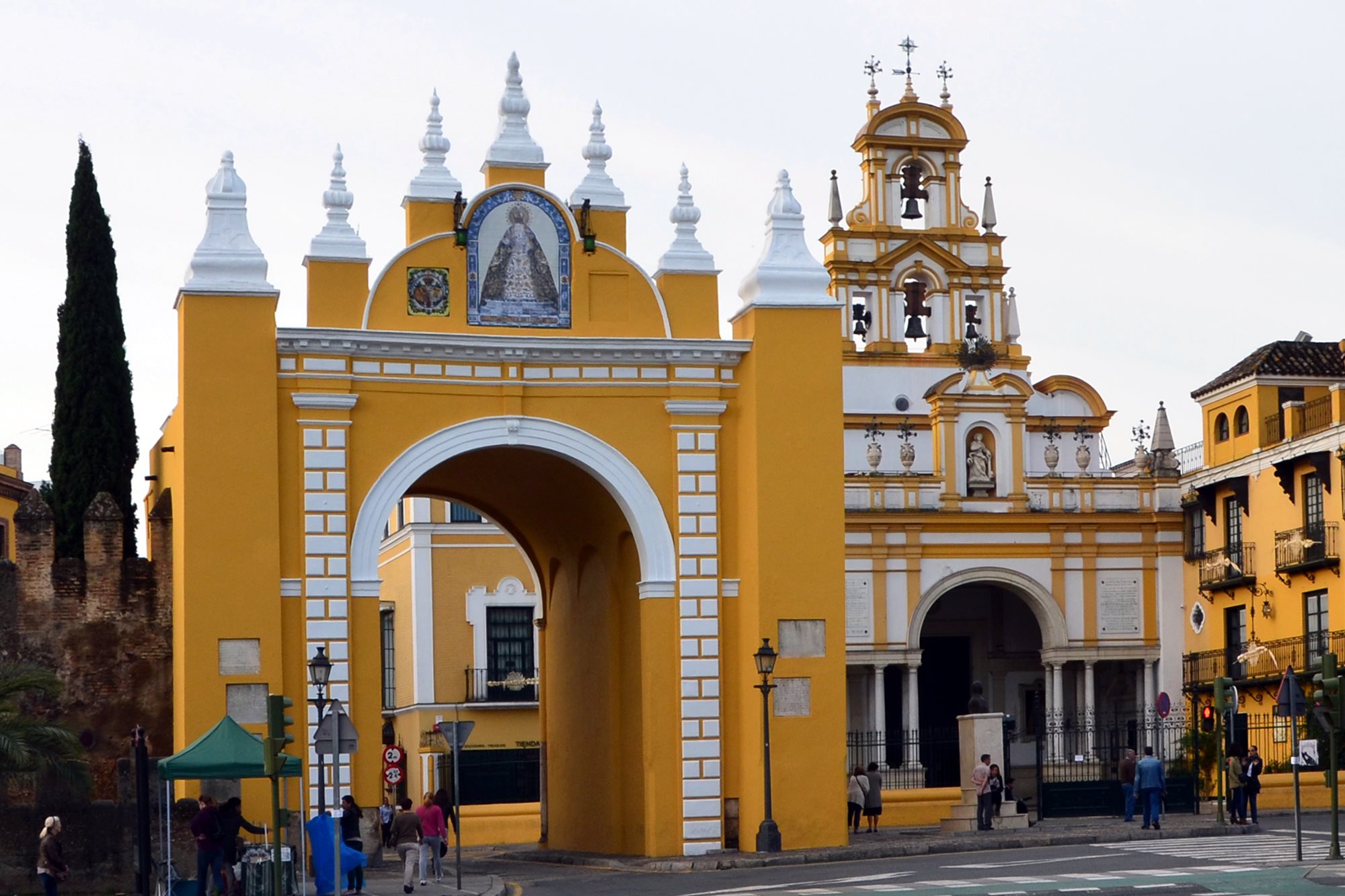
BASÍLICA OF THE MACARENA
Site of the brotherhood of Hope Macarena. This basilica is one of the oldest and cherished of Seville. Performs penitential station on the morning of Good Friday. Stop and admire the Virgin of the Hope Macarena, anonymous image of the late 17th century and true icon of the city
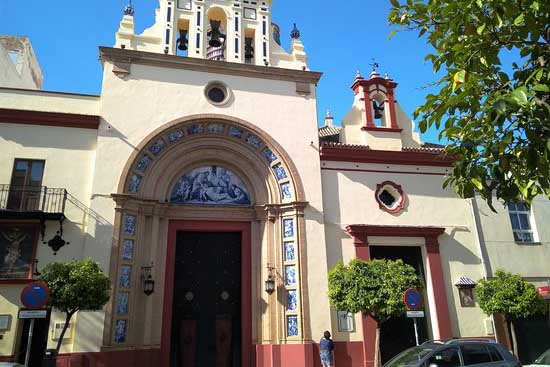
BASÍLICA OF THE PATROCINIO
In the popular district of Triana we have the impressive image of the Christ of the Expiration, popularly known as the Cachorro (the Puppy). The image was made by Antonio Gijón and dates from 1682. It is said that the author was inspired by a gypsy from Triana known as ‘the Puppy’ while he was dying. When the image was on display, the neighbours recognized the deceased and the image was given his name.
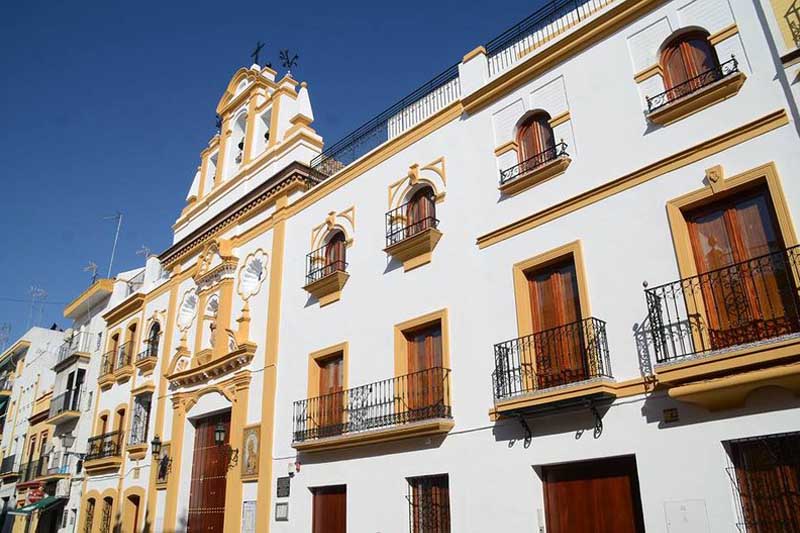
MARINEROS CHAPEL
In the heart of Triana district we find the image of Our Lady of Hope of Triana, one of Seville’s main devotions. The church dates from 1759 and the image was started in 1816 by Juan de Astorga. It was reformed by Castillo Lastrucci in 1929 and Duarte in 1989. Its canopy (paso de palio) is a fantastic spectacle for the senses which can be seen in the early hours of Good Friday.
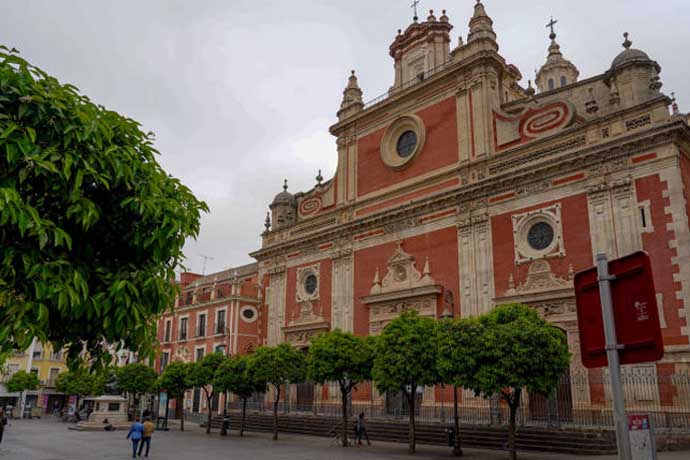
CHURCH OF THE SALVADOR
It is the largest church in the city after the Cathedral. Its construction began in 1647 by Esteban García, and was finished in 1712 by Leonardo de Figueroa. It is home of La Borriquita, the Christ of Love and Passion. Between 2003 and 2008 an important restoration work was carried out by the architect Fernando Mendoza Castell who brought back the old splendour to the temple. El Salvador is located in the square of the same name and is one of the most crowded areas of the city throughout the day. Do not miss its Patio de los Naranjos (Orange trees Patio) and the remains of the old mosque that are in it.
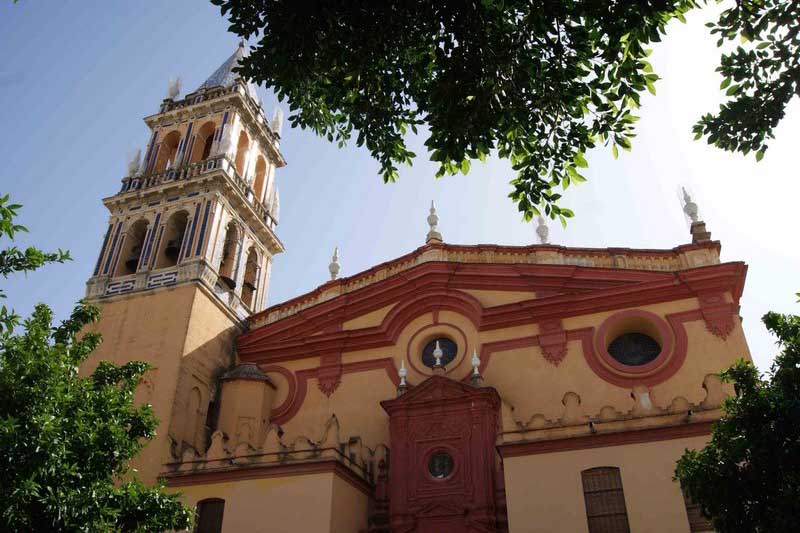
SANTA ANA CHURCH
Located in Plazuela de Santa Ana, in the district of Triana, it was the first newly built church in Seville after its reconquest in 1248. All the other 25 churches were adapted or built on mosques. It was ordered by Alfonso X the Wise in 1266, after healing from an eye disease. He attributed the miracle to the mother of the Virgin.
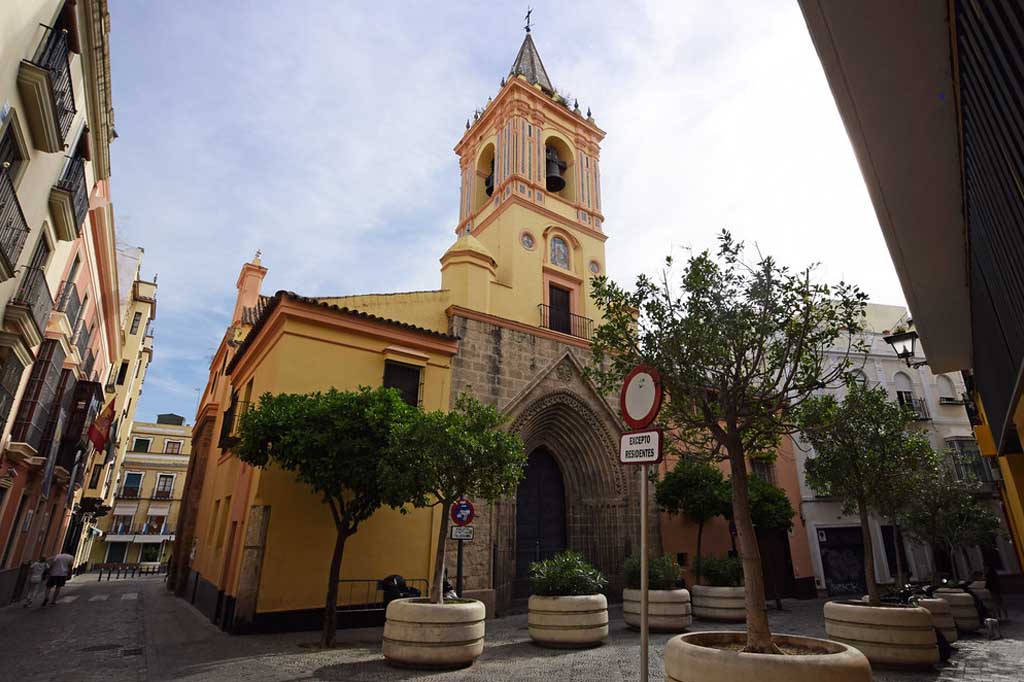
CHURCH OF SAN ISIDORO
It belongs to the group of 25 parishes emerged after the Reconquest. It dates from the 14th century and it is made in Gothic-Mudejar style. The major altarpiece is from 1752 and its author is Felipe del Castillo. In it is located the brotherhood of the Three Falls and has a rich artistic content inside.
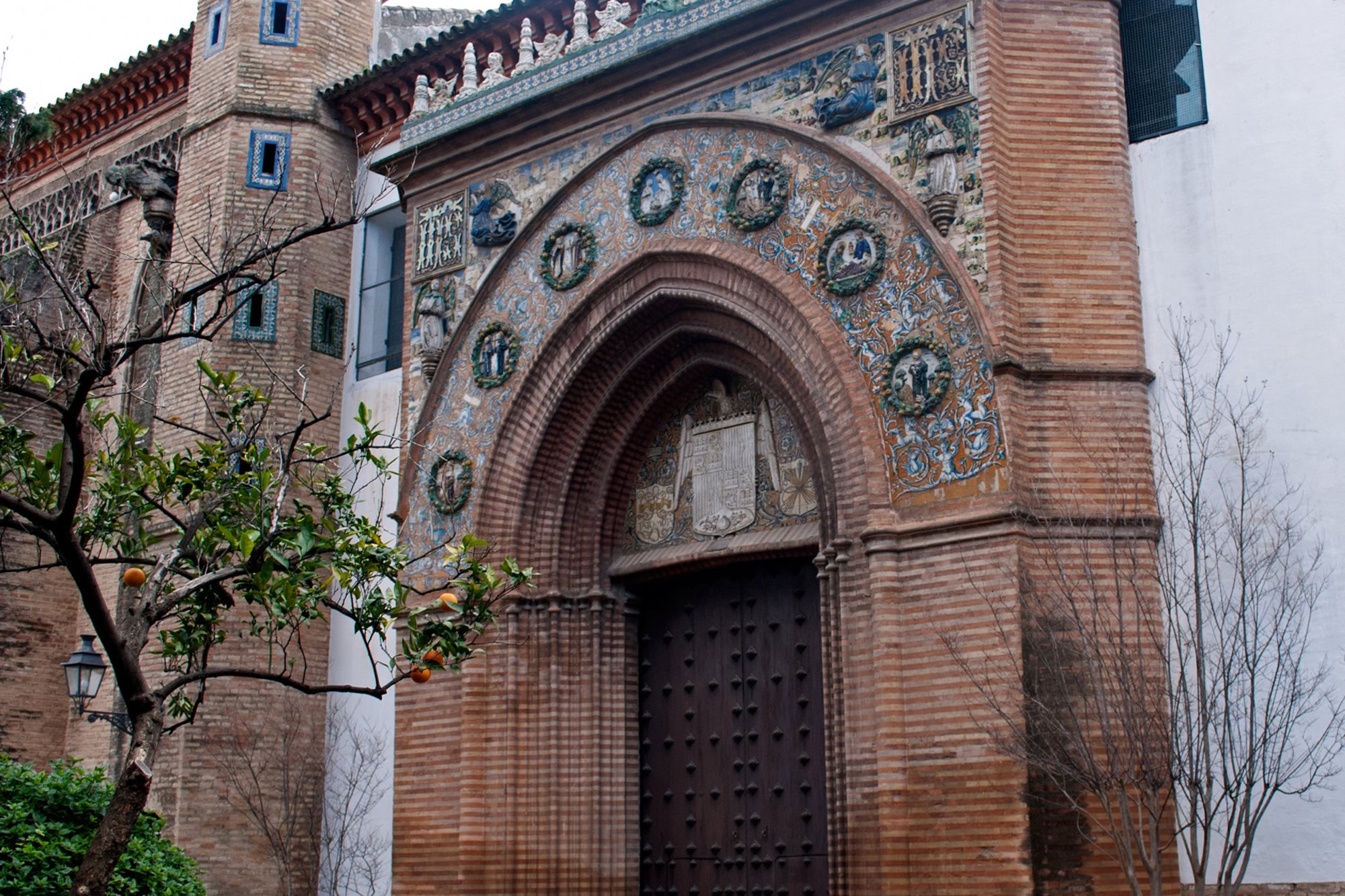
CONVENT OF SANTA PAULA
Founded by Doña Ana de Santillán in 1473, this cloistered convent of Saint Jerome nuns is located at the back of the church of San Marcos. The building itself deserves a visit for its extraordinary beauty. You can’t miss its interesting museum and the tiles of the Italian master Niculoso Pisano.
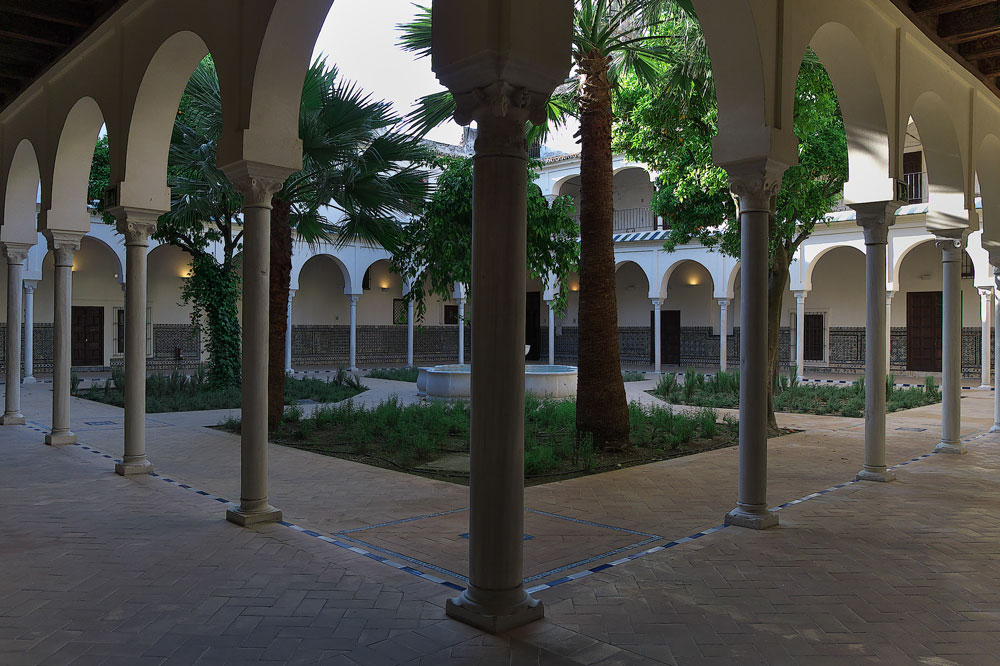
CONVENT OF SANTA CLARA
Founded in 1289 by King Ferdinand III of Castile, it is one of the first convent buildings of the city. It is located very close to the Plaza de San Lorenzo and was occupied by Clares’ nuns until 1998. After years of abandonment, the city hall has carried out an important task of rehabilitation. From 2015 we can visit the cloister, the refectory and the gardens, where the Tower of Don Fadrique is located. Its facilities are home to the Flamenco Biennial and FEMAS (Early Music Festival) and an exhibition space with a remarkable cultural activity.
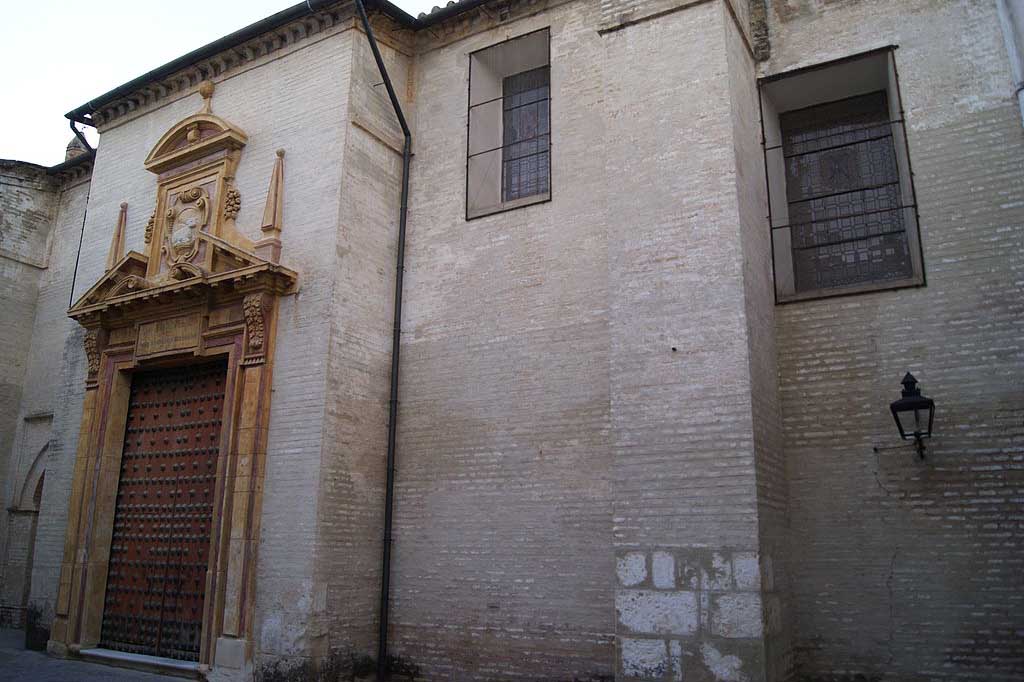
CONVENT OF SANTA INÉS
It is in the Doña María Coronel street, very close to the Mushrooms (Plaza de la Encarnación). It was founded in 1374 by Doña María Coronel, whose husband, according to legend, enlarged his fortune under the reign of Pedro I, but he fell into disgrace, his property was confiscated and he died in prison. His wife Mary decided to take the habits of the Poor Clares but the monarch required her to love her and she ended this delicate situation by throwing boiling oil on her own face. The successor king, Henry II of the House of Trastamara returned the fortune expropriated to her and with it she founded the convent. The incorrupt body of Doña María Coronel can be visited on December 2, as well as the baroque organ described by Gustavo Adolfo Bécquer in his splendid legend of Maese Pérez.


